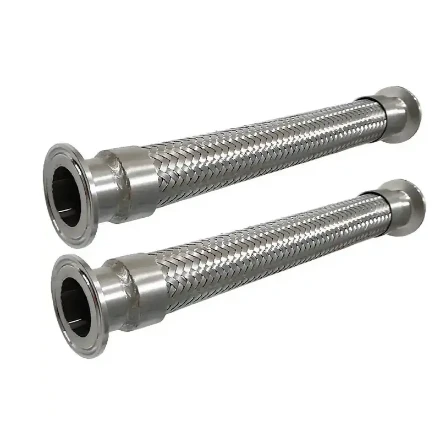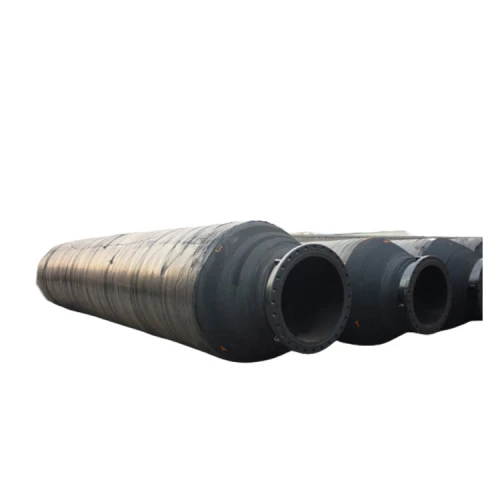
- Afrikaans
- Albanian
- Amharic
- Arabic
- Armenian
- Azerbaijani
- Basque
- Belarusian
- Bengali
- Bosnian
- Bulgarian
- Catalan
- Cebuano
- Corsican
- Croatian
- Czech
- Danish
- Dutch
- English
- Esperanto
- Estonian
- Finnish
- French
- Frisian
- Galician
- Georgian
- German
- Greek
- Gujarati
- haitian_creole
- hausa
- hawaiian
- Hebrew
- Hindi
- Miao
- Hungarian
- Icelandic
- igbo
- Indonesian
- irish
- Italian
- Japanese
- Javanese
- Kannada
- kazakh
- Khmer
- Rwandese
- Korean
- Kurdish
- Kyrgyz
- Lao
- Latin
- Latvian
- Lithuanian
- Luxembourgish
- Macedonian
- Malgashi
- Malay
- Malayalam
- Maltese
- Maori
- Marathi
- Mongolian
- Myanmar
- Nepali
- Norwegian
- Norwegian
- Occitan
- Pashto
- Persian
- Polish
- Portuguese
- Punjabi
- Romanian
- Russian
- Samoan
- scottish-gaelic
- Serbian
- Sesotho
- Shona
- Sindhi
- Sinhala
- Slovak
- Slovenian
- Somali
- Spanish
- Sundanese
- Swahili
- Swedish
- Tagalog
- Tajik
- Tamil
- Tatar
- Telugu
- Thai
- Turkish
- Turkmen
- Ukrainian
- Urdu
- Uighur
- Uzbek
- Vietnamese
- Welsh
- Bantu
- Yiddish
- Yoruba
- Zulu

Şub . 02, 2025 03:23 Back to list
types of hydraulic hose fittings


Each type of hydraulic fitting can be further categorized based on their ends. Swivel fittings, for instance, are designed to allow rotational movement between the hose and the fitting to avoid kinking and to enhance the lifespan of the hose assembly. Quick-connect fittings, on the other hand, are highly convenient for easy and rapid assembly and disassembly, particularly in applications where connections are frequently switched. For those seeking the utmost reliability, crimp fittings offer an exceptionally tight seal and are less prone to failure under high pressure. These fittings are installed using a crimping tool that compresses the hose material and fitting together tightly, securing a robust and durable connection. Selecting the right type of hydraulic hose fitting often hinges on specific system requirements, including operating pressure, temperature, and environmental factors. Therefore, expertise in understanding these parameters is crucial. Professionals should consider the complete dynamics of the hydraulic system when choosing fittings, keeping in mind both current needs and possible future adjustments or expansions. Experience also dictates the quality of fittings one should invest in. Brands with a strong reputation in the hydraulic industry often provide fittings that adhere to rigorous standards and certifications, ensuring both reliability and safety. Trustworthiness in hydraulic hose fittings also stems from ongoing maintenance and inspection regimes. Regular checks for signs of wear, corrosion, or leaks in fittings are equally important to maintain system integrity and performance. In conclusion, understanding and choosing the right hydraulic hose fitting is a blend of technical knowledge and practical experience. The wide array of fitting types, from JIC and NPT to ORB and BSP, cater to a broad spectrum of applications, underlining the importance of matching the right type to the right job. Expertise in selection and application, coupled with a commitment to quality and maintenance, ensures that hydraulic systems operate at peak efficiency, safeguarding both equipment and personnel.
Latest News
Steel Wire Reinforced Hydraulic Hose SAE 100 R1 / EN853 1SN S
NewsOct.17,2024
Two Layers Steel Wire Reinforced Hydraulic Hose SAE 100 R2 / EN853 2SN
NewsSep.03,2024
Textile Braid Reinforced Hydraulic Hose SAE100 R3+R6
NewsSep.03,2024
Textile Reinforced Hydraulic oil Suction Hose with embedded Steel Wire SAE 100 R4
NewsSep.03,2024
Single Wire Braid and Textile Covered Hydraulic Hose SAE 100 R5
NewsSep.03,2024
High Pressure Thermoplastic Hydraulic Hose SAE 100 R7 / EN855 R7 - SAE 100 R8 / EN855 R8
NewsSep.03,2024
Heavy Duty Four-layer Steel Wire Spiral Reinforced Hydraulic Hose SAE100R9+R10+R12
NewsSep.03,2024
Heavy Duty Multi-layer Steel Wire Reinforced Hydraulic Hose SAE100R13 SAE100R15
NewsSep.03,2024
Latest Products










